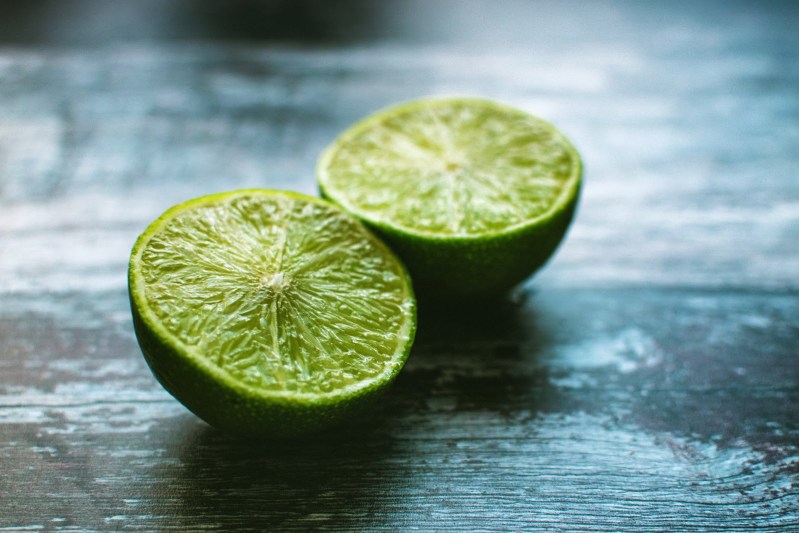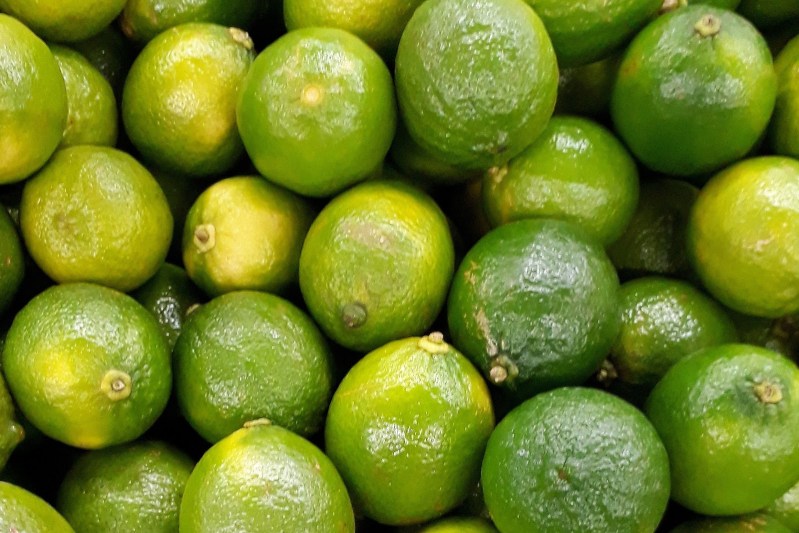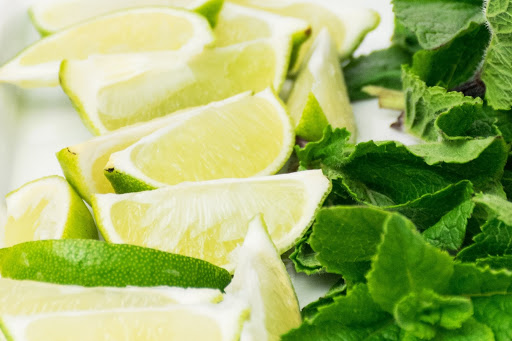Lime, this precious little green fruit. Some might recognize it from the gin cocktails and vodka drinks they are often put in, some of you might have tried its taste in salads or even cake. We believe we can all agree that not only does lime look good, it’s also tasty. However, there is much more to limes besides their beauty and taste. Science has proven that limes have their fair share of health benefits.
Do you want to know what those benefits are? Then, take a look at the list we compiled of nine benefits of limes.
1. They Can Give Immunity a Boost
Limes are quite rich in vitamin C. We’ve all heard of vitamin C’s importance for foods that boost immunity. In numerous studies that have been done on the subject of immunity, vitamin C seems to be the nutrient that impacts the growth of the white blood cells — the cells that fight against viruses and infections. Even if the white cells couldn’t overcome the viruses, vitamin C shortens the duration and severity of the cold.
Besides vitamin C, limes are abundant in antioxidants. Antioxidants join the vitamin C in the fight to strengthen the immune system.
2. They May Enhance the Heart Function
We mentioned that limes brim with antioxidants, among many other healthy components. These antioxidants have a significant impact on the cardiovascular system. They help keep the arteries and the circulatory system healthy and functional. The arteries’ good functionality and flexibility mean that the blood pumped by the heart will be transported without any problem.
Vitamin C can also help lower blood pressure — one of the leading causes of heart diseases worldwide. The said vitamin can also help keep the arteries from forming plaques, fighting atherosclerosis disease.
While a human study on this subject hasn’t been done yet, study results on rabbits suggest that lime juice and peels could slow down the progression of atherosclerosis.

3. They Can Improve Skin Health
Antioxidants and vitamin C, two elements that limes are known for, are two of the ingredients that many skin products have. Vitamin C levels of collagen production, a protein that keeps your skin strong, elastic, and hydrated. The cosmetic industry has been using this ingredient in its products and for years now, and you can even find it in protein powders.
What if we tell you that you could get the needed vitamins and antioxidants to keep skin healthy through a glass of water and a hefty squeeze of lime?
The impact of vitamin C on skin health has been studied for a while. In one of the studies, in which 4,000 women participated, those who consumed vitamin C experienced a lower risk of developing wrinkles and dry skin as they aged.
4. They May Reduce the Risk of Developing Cancer
Cancer is characterized by the abnormal growth of cells and their spread around different organs and tissues. While there isn’t one specific leading cause of this disease, our lifestyle can greatly impact the development of cancerous cells. Just as there are types of foods that can cause cancer, there are foods that fight it. One of them happens to be lime. Being a citrus fruit and having its properties, lime is inevitably linked to a lower risk of cancer.
Another study in citrus fruits such as lime showcases their ability to subdue various cancerous cells’ growth and their spread in different parts of the human body.
5. They Can Improve Digestion
As we all know, we have a digestive system whose function is to process the food we eat. Some types of food take longer to digest, and some take less time. However, one can aid the stomach in this process by consuming food known for its digestive properties. Lime is one of the fruits that, thanks to its acidity, may help the digestive system by breaking down food. Also, drinking lime water first thing in the morning can help wake up the digestive system.
Lime water can help even those that suffer from acid reflux, commonly known as heartburn. Drinking warm lime water 30 minutes before a meal might help prevent reflux symptoms and discourage overeating.

6. They May Prevent the Formation of Kidney Stones
Kidney stones are a common condition that occurs in people of both genders. While we still don’t know what exactly causes them, there is a list of possible factors that significantly impact their development. Luckily, there are options that one can choose to prevent kidney stone formation.
Being careful about the diet we choose to consume daily can be one of these options. Making lime part of the daily diet can help prevent kidney stones from forming in the first place. How can that happen, you might be wondering? Lime has high citric acid levels that can hinder kidney stones by raising levels of citrate and stone-forming minerals in the urine.
7. They May Increase the Nutrient Absorption
Iron is one of the minerals that the body needs to function properly. Said more precisely, iron is a crucial element in the production of blood and hemoglobin. Low levels of this mineral can cause a host of issues. Vitamin C, meanwhile, has an essential role in the body’s absorption of iron. It seizes non-heme iron and stores it in a form that is easier for the body to absorb. A study conducted on the effect of vitamin C on iron absorption showed that taking 100mg of this vitamin with a meal increases iron absorption by 13%.
8. They Can Help Boost Your Metabolism
Losing weight has to be one of countless people’s most sought-after goals. Everybody wants to achieve and maintain a healthy weight. However, when it comes to losing extra weight, most of the time, it is easier said than done.
Don’t lose hope entirely, as you can still achieve your goal weight. You just have to commit to a lifestyle that will make it easier for you to accomplish what you want. You can start by adding lime to your diet. This healthy fruit filled with citric acid can kick-start your metabolism and, in turn, help you burn more calories and store less fat.
However, one thing to keep in mind is that you shouldn’t rely entirely on the effects of the lime in the metabolism. You have to keep your end of the bargain as well. Try to dedicate some time to physical activity like running or workouts. That, combined with the lime properties, will surely bring the results you’re looking for.

9. They Can Reduce Inflammation
Inflammation is the leading cause of many joint conditions. As such, one is always on the lookout for medical and natural treatments for these diseases. Luckily, there is a natural remedy for those who suffer from joint inflammation. Lime water can alleviate some of the symptoms these conditions have. Thanks to the minerals lime water has, especially Vitamin C, one can get rid of the joint pain. Studies show that those who have a lower intake of Vitamin C experience an increased risk of developing arthritis.
Limes seem to be the all-in-one-package fruit. They are pretty to look at, taste great, and have many benefits to the human body. What more can one ask from a fruit? We’re sure that from now on, limes will be even more present in your life. Not only will they make your life more colorful, but also healthier.



